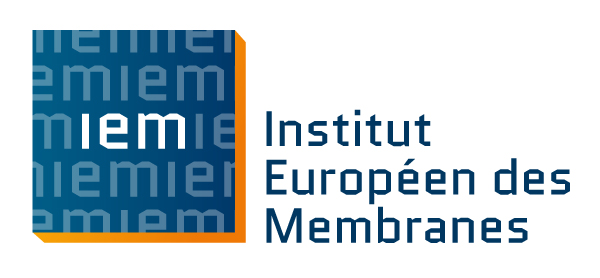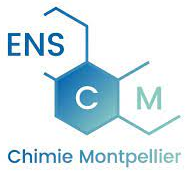Tuning the sorption properties of amidoxime-functionalized algal/polyethyleneimine beads for La(III) and Dy(III) using EDTA: Impact of metal speciation on selective separation
Résumé
Amidoximated algal/polyethyleneimine beads are successfully applied for the sorption of two rare earths elements (REEs, Ln(III)): La (light) and Dy (heavy). The sorption properties are characterized by FTIR and SEM-EDX analyses. The pH effect on metal sorption is investigated with a double objective: optimizing metal recovery and separation. In binary solutions, Dy(III) shows slightly higher affinity for the sorbent than La(III); without significant differences in the selectivity. The difficult separation of REEs can be modulated using EDTA. Playing with the pH and the concentration of the ligand, La(III) can be separated from Dy(III). Selectivity coefficient, SCLa/Dy, may reach up to 40-50. Speciation diagrams show that the preferential formation of Dy-EDTA complexes limits Dy(III) sorption while La(III) remains predominant and highly sorbed (reduced effect of Dy-competition). Optimum conditions for Ln(III) separation can be predicted by the calculation of speciation diagrams. The concept is verified for the separation of La(III) from Er(III) (heavy REE). In the presence of EDTA, sorption isotherms (mono-component solutions) present sigmoidal shapes due to the effect of metal complexation. Converting the total concentration to the concentration of sorbable species (non-complexed by EDTA) allows plotting favorable curves (Langmuir equation). The fits of experimental profiles with the modified Langmuir equation confirm the preference of the sorbent for non-complexed species. The kinetic profiles fitted by the Crank equation highlight the contribution of the resistance to intraparticle diffusion in the control of uptake kinetic; this effect is reinforced by the presence of EDTA. Metal desorption using CaCl2 (50 mM, pH 2) and EDTA (0.5 mM, pH 6) is used for La(III) and Dy(III) desorption (yield: 80-95%), while sorption capacity progressively decreases over 3 cycles.
Mots clés
Increased affinity of La(III) and Dy(III) for amidoximated algal/PEI beads
enhanced separation of light vs. heavy REEs in presence of EDTA due to preferential complexation of heavy rare earth elements
modified Langmuir equation for fitting sorption isotherms (taking into account only the concentration of adsorbable free metal species)
correlation between preferential sorption and metal speciation
Domaines
Sciences de l'ingénieur [physics]
Origine : Fichiers produits par l'(les) auteur(s)



